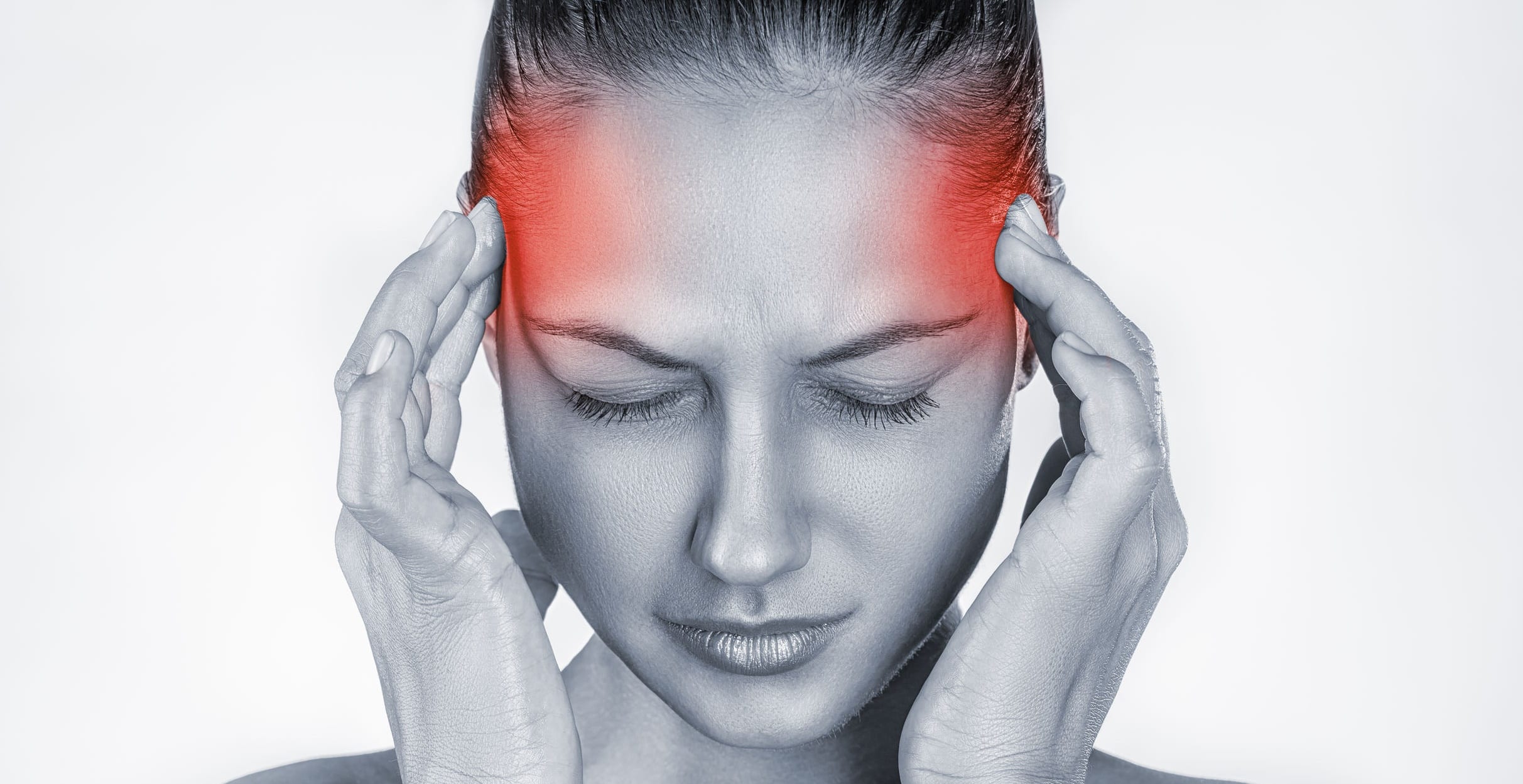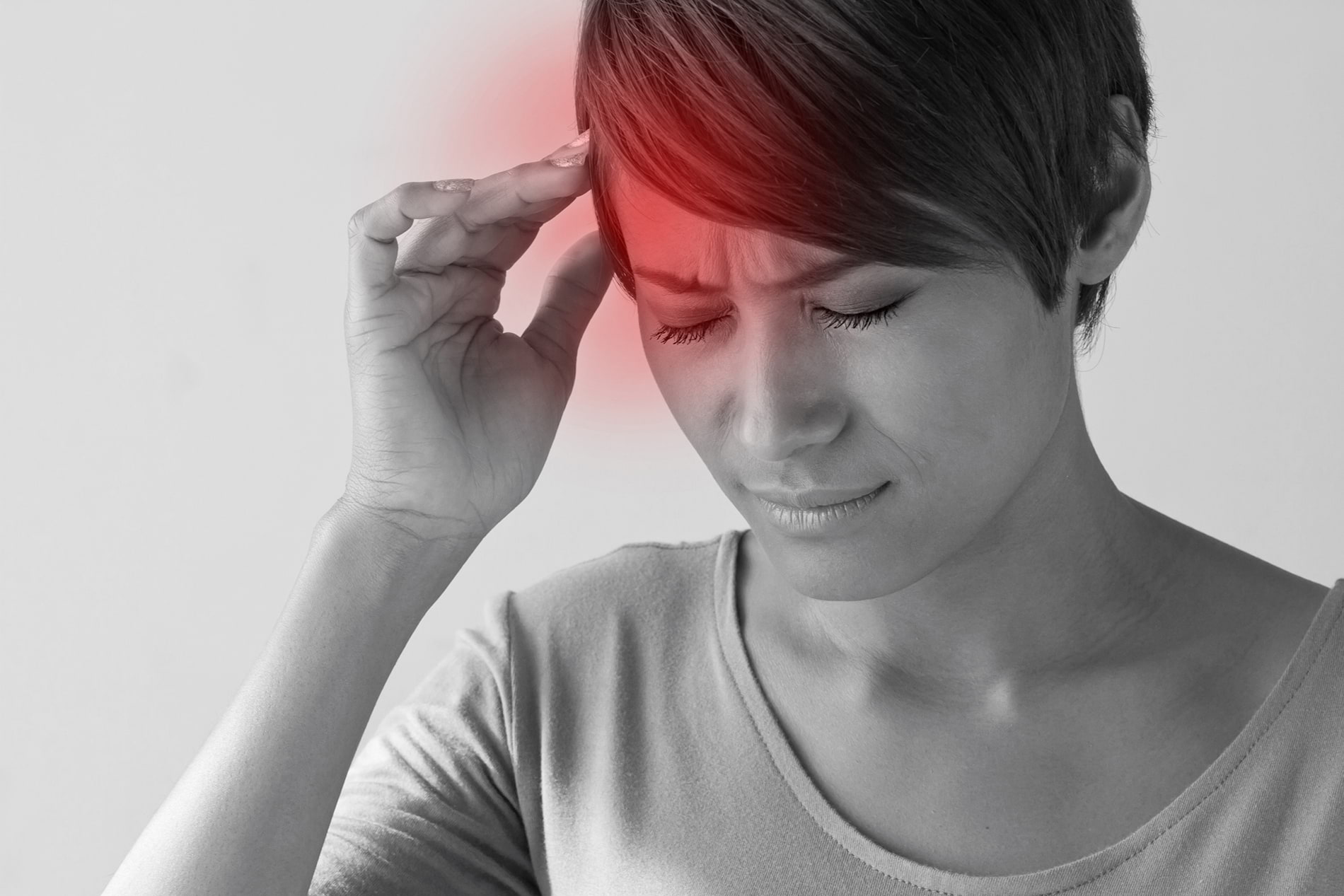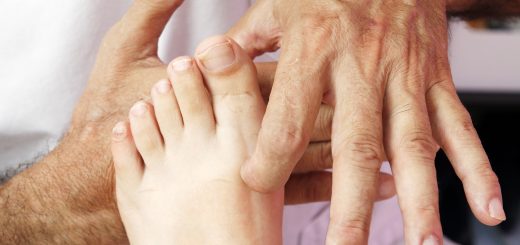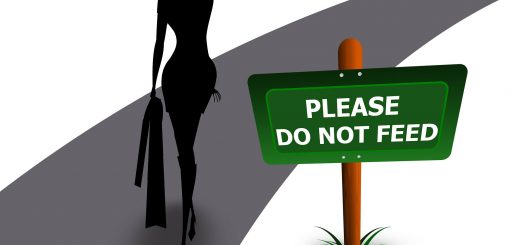Identifying and Dealing With Different Types of Headaches
There’s no getting around it: Headaches are the absolute worst—but the only real way to get rid of the pain is knowing which type of headache you’re dealing with (yes, there’s more than just one). The key? Knowing exactly how to describe your pain and symptoms (like having a headache in the back of your head versus the right or left side)—it’s the best way for doctors to determine whether you have something temporary like a sinus headache, or something a bit more chronic, like migraines.
Here are 7 different types of headaches, what can cause each one, and, most importantly, how to get rid of them ASAP.
1. Tension headaches
Tension headaches are the most common type of headache, and feel like a constant ache or pressure around the head, or a headache in the back of the head or neck. They’re not as severe as migraines and aren’t usually accompanied by nausea and vomiting, which means they rarely stop someone from continuing their regular activities (so they’re just a huge nuisance).
Over-the-counter treatments, such as aspirin, ibuprofen, or acetaminophen (Tylenol), are usually sufficient to treat tension headaches, which experts believe may be caused by the contraction of neck and scalp muscles (including in response to stress), and possibly changes in brain chemicals.

2. Cluster headaches
Cluster headaches, which affect men more often than women, are headaches that occur in groups or cycles. Cluster headaches recur regularly, even multiple times daily, over a certain period of time and then may be followed by a headache-free period of months or even years. The headaches appear suddenly and are characterized by severe, debilitating pain on either the right or the left side of the head, and are often accompanied by a watery eye, nasal congestion, or a runny nose on the same side of the face. During an attack, sufferers are often restless and unable to get comfortable and not likely to lay down the way someone with a migraine usually does.
The cause of cluster headaches is unknown, but they may have some genetic component. Triggers can include alcohol, cigarettes, high altitudes, and certain foods. There is no cure, but medications can reduce the frequency and duration of attacks.
3. Sinus headaches
When a sinus becomes inflamed, usually through an infection, it can cause pain. Sinus infections are typically accompanied by a fever, and can (if necessary) be diagnosed by MRI or CT scan (which can both detect changes in fluid levels), or by the presence of pus viewed through a fibre-optic scope.
These types of headaches are typically the most over-diagnosed. Migraines, for example, can often be mistaken for sinus headaches, since symptoms like sinus pressure, nasal congestion, and watery eyes can happen in both types.
A true sinus headache is related to an infection and comes with a nasal discharge that is green or tinged with red. Sinus infections often resolve with time or antibiotics, if necessary, and shouldn’t cause nausea or light sensitivity, which are migraine symptoms. Headaches due to sinus infections can also be treated with antihistamines or decongestants.
4. Rebound headaches
Overuse of painkillers for headaches—like aspirin, acetaminophen (Tylenol), ibuprofen (Motrin, Advil), or prescription drugs can, ironically, lead to rebound headaches. One theory is that too much medication can cause the brain to shift into an excited state, triggering more headaches. Another is that the headaches are a symptom of withdrawal as the level of medicine drops in the bloodstream.
So how much medication is too much, and too often? Regularly taking any pain reliever more than twice a week or taking triptans (migraine drugs) for more than 10 days a month, can put you at risk for rebound headaches in just a few months.
5. Migraine headaches
Migraine headaches are severe headaches that are three times as common in women as men. The cause isn’t clear, but genes appear to play a role, and brain cell activity may affect blood vessel and nerve cell function. Migraine headaches are defined by certain criteria:
-
At least five previous episodes of the same type of headaches
-
Headaches that last between four hours and 72 hours
-
Having at least two out of four of these features: one-sided pain, throbbing pain, moderate-to-severe pain, and pain that interferes with, is worsened by or prohibits routine activity
-
Having at least one associated feature: nausea and/or vomiting, or, if those are not present, then sensitivity to light and sound
-
An oncoming migraine attack may, for some, be foreshadowed by an aura, which can include visual distortions (like wavy lines or blind spots) or numbness of a hand.
One common migraine trigger is a change in your body, including hormones, stress, and sleeping or eating patterns. Treatment can include acetaminophen, ibuprofen, or triptans (such as Imitrex or Zomig), which are drugs that specifically help treat or prevent migraines.

6. Dental headaches
There are dental-related conditions that can trigger headaches or face pain, such as bruxism (a.k.a., teeth-grinding) and temporomandibular joint disorder (TMJ), which affects the joints in your face, located just in front of your ear, which connects the jaw to the skull.
TMJ can be caused by bad jaw alignment, stress, poor posture (like sitting at a computer all day), or arthritis, which affects the cartilage, muscles, or ligaments in the jaw. Your dentist can help diagnose these types of headaches. Treatment includes stretching the jaw, hot or cold packs, stress reduction, and bite guards.
7. Caffeine headaches
You love your coffee, but it can be a cruel companion. For example, if you have two cups of coffee every day at 9 a.m., and then miss those cups when you oversleep on Saturday—boom—you can end up with a caffeine withdrawal headache.
You will be more likely to have them, though, if you drink a lot (say, five cups of coffee a day), then go cold turkey. Your only real options? You can take caffeine when you normally do and feed the addiction, or quit altogether and suffer temporarily.
If you’re experiencing recurring or severe headaches, get medical assistance right away. An accurate diagnosis will be the first step in understanding and managing your headaches going forward.



